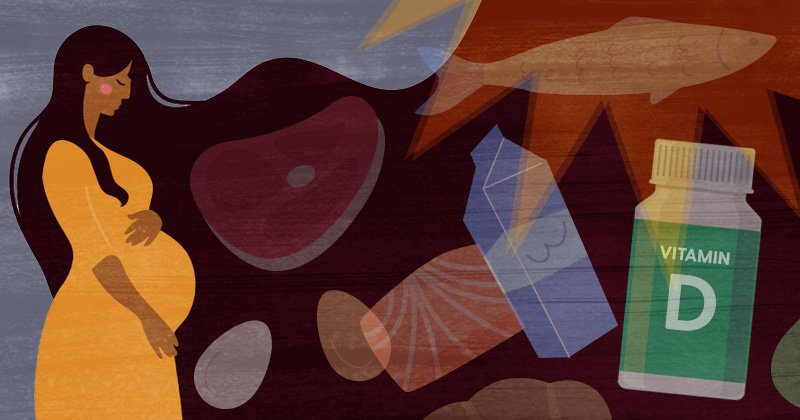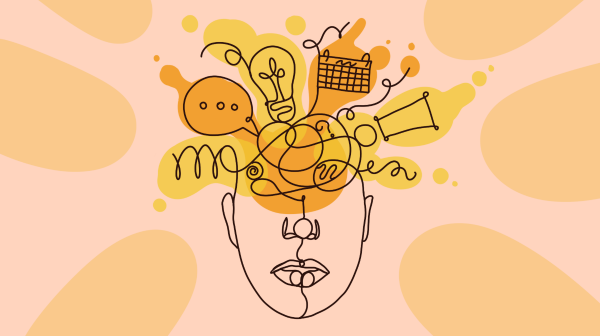
ADHD (Attention Deficit Hyperactivity Disorder) is a neurodevelopmental disorder that hampers the cognitive part of the brain. The child lacks social skills, communication skills, behavioral skills, and many other problems that he or she faces on a daily basis. In India, according to the 2011 census, about 1 in 100 children under the age of 10 has autism, and nearly 1 in 8 has at least one neurodevelopmental condition.

Parents with ADHD Children are often neglected by Indian society because of prejudices, which makes the situation even worse for the family, especially the child. Also, 83% of parents stop the medication in the middle for reasons like side effects, lack of effectiveness, problems at the hospital, and fear that the child is becoming addicted, among others. Apart from allopathy, there are various methods opted to cure ADHD that eliminate the above-mentioned reasons.
Earlier ADHD was known as ADD – Attention Deficit Disorder which is a milder version of ADHD without hyperactivity but now doctors use the term ADHD. It is divided into 3 categories:
Primarily Inattentive
Inattentive ADHD (once called ADD) is a subtype of attention deficit hyperactivity disorder that often manifests as limited attention span, distractibility, forgetfulness, or procrastination. People with inattentive ADHD make careless mistakes because they have difficulty sustaining focus, following detailed instructions, and organizing tasks and activities. They are easily distracted by external stimuli and often lose things. They may leave projects unfinished and appear not to listen when you speak. These are all symptoms of inattentive-type ADHD; they are not personal defects. A student with inattentive ADHD may quietly stare out the window while her work goes unfinished; this'spacey' or 'day dreamy' behavior is overlooked or mischaracterized as laziness or apathy.

Primarily Hyperactive-Impulsive
The symptoms of hyperactive-impulsive ADHD are typically more noticeable than those of inattentive ADHD. Symptoms are fidgeting and squirming, trouble staying seated, inappropriate running or climbing, difficulty playing quietly, hyperactivity, excessive talking, a lack of patience, an inability to filter thoughts, and frequent interruptions.
Combined
ADHD tends to show up as predominantly inattentive or predominately hyperactive-impulsive. When someone has six or more symptoms of each type, they have combined ADHD. They might have difficulty reaching their full potential at school or at work because their symptoms interfere with their ability to complete tasks. Having combined-type ADHD does mean your ADHD is more severe compared to someone who is diagnosed with the predominantly hyperactive or inattentive type. Being diagnosed with combined-type ADHD means your symptoms are more likely to be evenly distributed between the two types.
Deficiency in Vitamin D
Preserving brain health is essential for cognitive function, lifestyle, and healthy aging. Cognitive problems can impact language, memory, and judgment, which can have a considerable impact on daily life. The brain and nervous system are accountable for numerous cognitive functions, including attention, memory, information processing, and higher-level cognitive skills called executive functions. They depend on nutrients to maintain regular cognitive function and brain health. These nutrients can be found in your diet, along with dietary supplements.

New research finds that vitamin D deficiency affects a type of brain that supports the neurons. Vitamin D, which people sometimes refer to as the “sunshine vitamin,” is necessary for maintaining healthy bones. It also benefits the immune and cardiovascular systems, as well as endocrine function. For instance, research has suggested that insufficient Vitamin D may compromise the immune system, raise the risk of hypertension, and negatively affect insulin secretion in people with diabetes.
Researchers deprived healthy adult mice of dietary vitamin D for 20 weeks, after which they used tests to compare them with a group of control mice. Cognitive tests revealed that the mice that lacked vitamin D were less able to learn new things and remember them compared with the mice in the control group. Scans of the rodents’ brains showed a reduction in the perineuronal nets in the hippocampus—the brain area that is key for memory formation. The perineuronal nets form a strong, supportive mesh around certain neurons and stabilize the contacts these cells make with other neurons. There was also a high reduction in both the number and strength of connections between neurons in the hippocampus.
Vitamin D Deficiency and ADHD
Vitamin D is involved in serum calcium regulation and bone metabolism and has effects on many body organs. Its deficiency has previously been associated with schizophrenia, autism, and depression. Vitamin D deficiency during the fetal and postnatal period has been associated with adverse effects on brain structure, development, and function. It is recommended to keep track of vitamin D levels in pregnant women and babies.
A study recently conducted in Finland and published in the Journal of the American Academy of Child and Adolescent Psychiatry found that low maternal vitamin D levels during pregnancy can increase the chances of ADHD in children by 34 percent compared to women who have sufficient levels during the first and second trimesters. The population-based case-control study was funded by the National Institute of Environmental Health Sciences and the U.S. National Institutes of Health.
The objective of the study was to show an association between early pregnancy 25-hydroxyvitamin D levels and the diagnosis of ADHD in the children born as a result of that pregnancy. This study compared 1,067 Finnish children born between 1998 and 1999 with 1,067 without ADHD. The result was that the offspring of mothers who had the lowest vitamin D quintile (25-hydroxyvitamin D of 7.5-21.9 nmol/L) were 53% more likely to develop ADHD than the offspring of mothers with the highest vitamin D quintile (49.5–132.5 nmol/L). Offspring of mothers who were deficient in vitamin D were 34% more likely to develop ADHD than children of mothers with sufficient vitamin D status.
Treatment
The disorder is usually managed and treated with medication or drug therapy. However, the use of medication is limited, as nearly 30 percent of the children do not respond to the drug treatment. Since normal medications only manage the symptoms and are not effective, people have started looking for more natural and less harmful methods. These methods are less harmful or have negligible side effects, look into the root cause of the problem, which cures ADHD, and provide desired and satisfactory results to the patient as well as the family.


.png)


